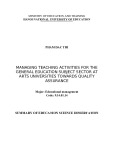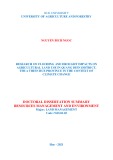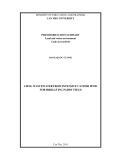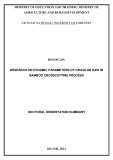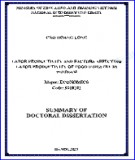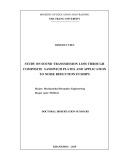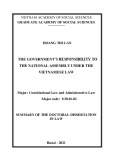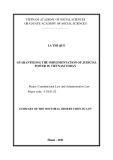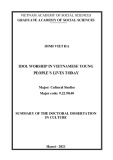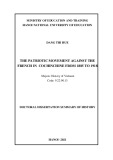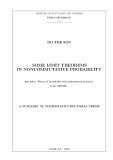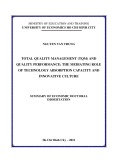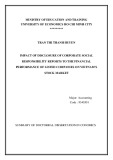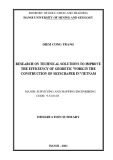
2
For the homogeneity measurement of pixel, Cheng proposed a way to
estimate the homogeneity value of the pixel from local values Eij, Hij, Vij, R4,ij.
When experimenting with color images, we noticed that with this estimate, the
resulting image may not be smooth.
Actually the pixel's homogeneity is a fuzzy value so that we can apply the
fuzzy logic to get this value.
If local values
are passed to computing with word then the formula
is formatted
should reflect the fuzzy rule system as follows:
If
is hight and
is hight then homogeneity is hight
If
is low and
is low then homogeneity is low
If we add rules with terms like "very", "little", "medium" etc. with
linguistic variables like "homogeneity", "entropy", "gradient" etc then
homogeneity values can be estimated by human inference and thus it will be
finer.
Because fuzzy set theory has no basis form between the relationships of
the linguistic variable with the fuzzy sets and the order of relations between the
words, it is important to consider using a fuzzy reasoning method to ensure
order.
Through surveys, analyses and experiments we have the conclusion:
Firstly, the if-then argument based on the fuzzy set is very difficult to
guarantee the S shape of the gray-scale transformation function. The direct
contrast enhancement method of Cheng uses a transformation gray-scale
function has S-shape but not Symmetric and the gray value may fall outside the
gray-area value.
Secondly, Cheng's homogeneity measurement has still limited, for
example the resulting image may not be smooth.
Thirdly, using Cheng's algorithm directly on the original image channel,
the brightness of the resulting image may be less volatile. In order to change the
brightness, it is necessary to transform the original image before applying
Cheng's contrast enhancement. Cheng's image transform method may cause loss
of detail of the original image.
The research topic of doctoral dissertation is:
Problem 1: Designing the Gray S-type transformation and symmetry.
Problem 2: Constructing a local homogeneity measurement of image.
Problem 3: Constructing fuzzy transformation method for image without
losing details of original image.






